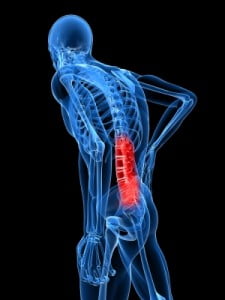I Googled back pain and got 649,000,000 hits. I am sure that the opinions of all those who posted their successful approaches were in there.
Overall I would say the consensus, based on cost and outcomes analysis, is that we do too much treatment of low back pain. Back pain is a symptom that may be caused by a variety of factors.
Deconditioning, muscles, tendons, operable lesions of the skeleton and neuraxis, are all possible causes. It is important to recognize that all the clinicians who posted their very different theoretical models and treatment approaches, believed they were achieving success with a majority of their patients. How could this be true unless each clinician was treating a unique subgroup of back pain patients? A recent article (http://bit.ly/1fjuCUT) demonstrated that pain clinicians publishing their outcomes reported an approximately 300% greater success rate than non-pain clinicians reporting on the outcomes of the same procedures. We are invested in believing that what we do works.
I try to consult the Cochrane Library of Systematic Reviews (www.thecochranelibrary.com) to get a sense of the validity of various approaches for the treatment of back pain. The literature on prolotherapy, trigger point injections, nerve blocks and surgery for chronic low back pain uniformly is found to be inadequate to make a case for the routine use of these approaches.
We need randomized controlled studies that report on function as well as pain intensity and with adequately long follow up data to improve our ability to know what works and for whom.

 Where to begin? In the first two chapters of my book, End
Where to begin? In the first two chapters of my book, End 
